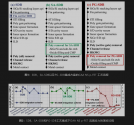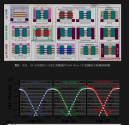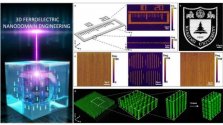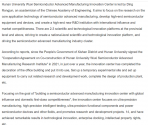It takes time for a process to mature and for production to be the raised. In the GT article, that expert said
He sounded pretty confident about it there about 7 nm and also 5 nm. And he is saying basically they have already finished all the work they needed for 14 nm and that they have moved onto 7 nm. His comment sounds like their yield on 7 nm is now acceptable. So, you have to ask yourself if 7 nm here is referring to N+1 process or the N+2 process (which is close to the earliest Samsung 5nm but SMIC calls 7 nm).
It shouldn't be that hard to procure equipment for 14 nm process, right? I'm interpreting this as not getting the equipment for ramping up more advanced nodes. I hope the purchase of all these NXT 2050i means they are confident that they have all that they need to ramp up production. It would be silly to have a bunch of DUVs ready for N+1/N+2. They must have paid some good money for ASML to develop more powerful NXT 2050i and 2100i just for them. I mean after all, the report explicitly said "for the most critical layers". So, that means these will be used like EUVs in SMIC's process.
I don't know. I just know they are really ramping up their production in those large 12 inch megafabs. SMIC/YMTC/CXMT/HuaHong/CanSemi/Silan all have plenty of large expansion projects. How much domestic market share they can occupy really depends on the economy and China's continued industrialization.
I think it's pretty important to get to more advanced nodes. For example, they've been building super computers using Phytium's S2500 server chips and need like 750k of them per super computer. If they can move Phytium server chips to N+1 or N+2 process, that will increase the power of their super computers. Similarly, they need N+1 chips to have more powerful fully domestic desktops that can replace foreign computers in organizations with sensitive info.
I did a calculation yesterday. For every 10k wpm of N+2 improved production, they can produce about 80 million smartphone CPUs a year. To put things into perspective, Xiaomi sold 190 million phones last year. So if they want to support Huawei, they'd need to dedicate probably 30k wpm of N+2 production just to provide enough Kirin chips to support Huawei returning to its former sales numbers. In reality, the demand from Chinese smartphone makers is probably closer to 600 million a year right now and growing. That would be 80k wpm of their most advanced process. Which is more than the planned capacity of SN1/SN2 combined.
So, SMIC need more advanced node fab.
Even N+1 will make a huge difference in smartphone volume. Only the high end phones (Apple, Mi Pro, Samsung Galaxy S) are using 5nm chips. Many mid range are still on 7nm and that is a big chunk of the market, especially non western ones. The lowest end phones using UNISOC are even 14nm.






